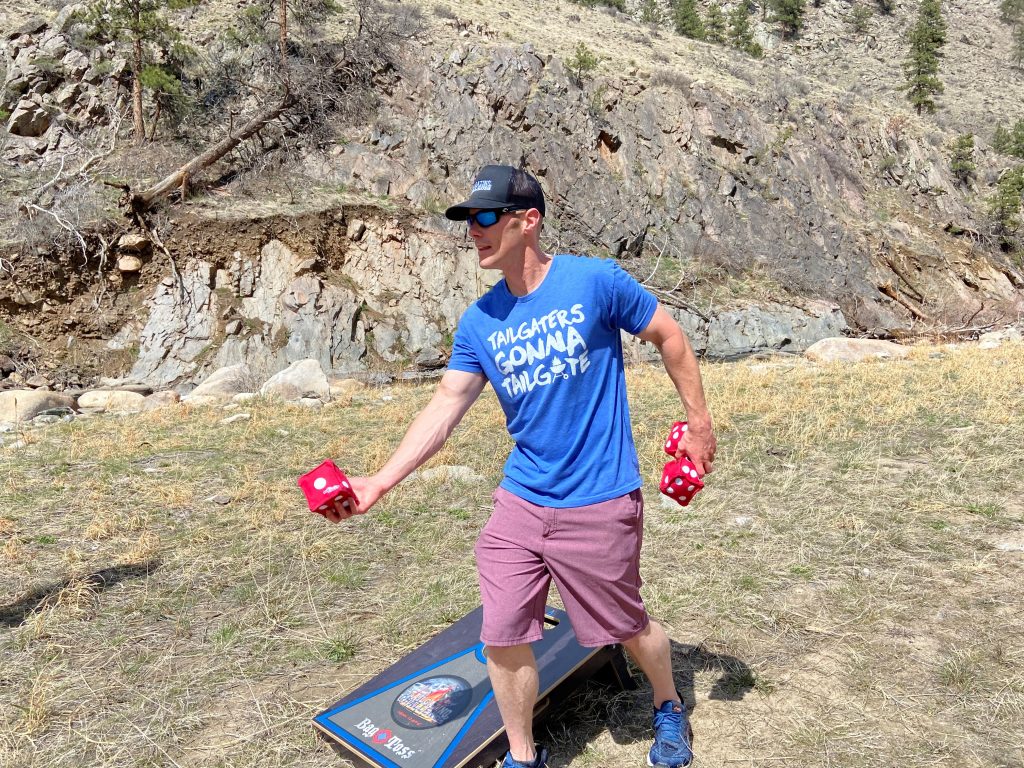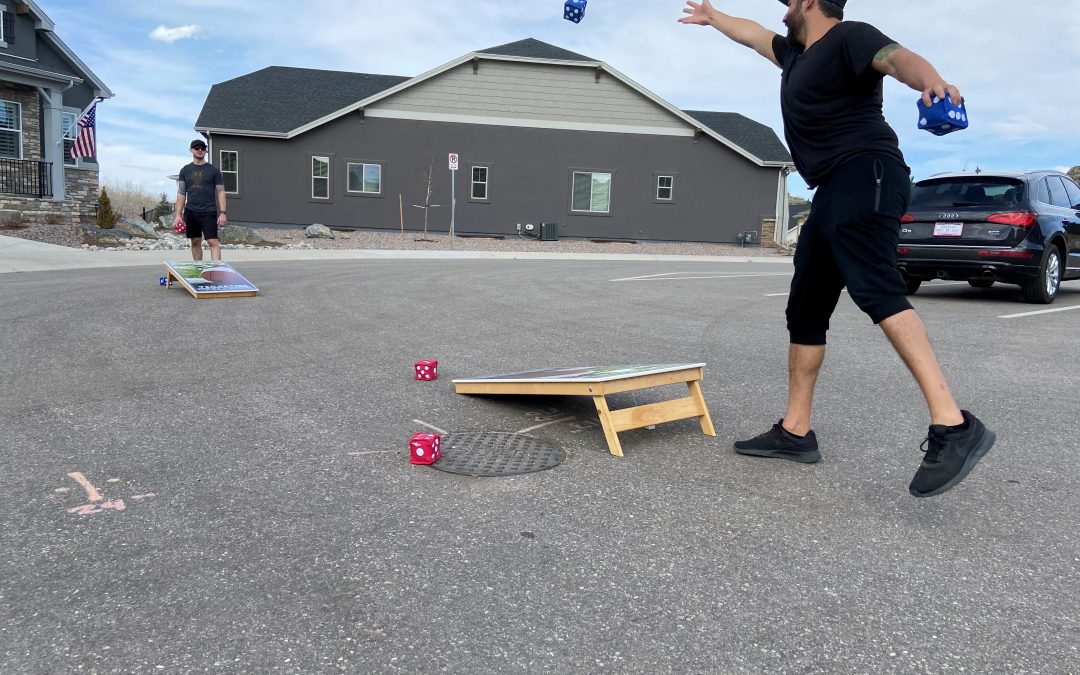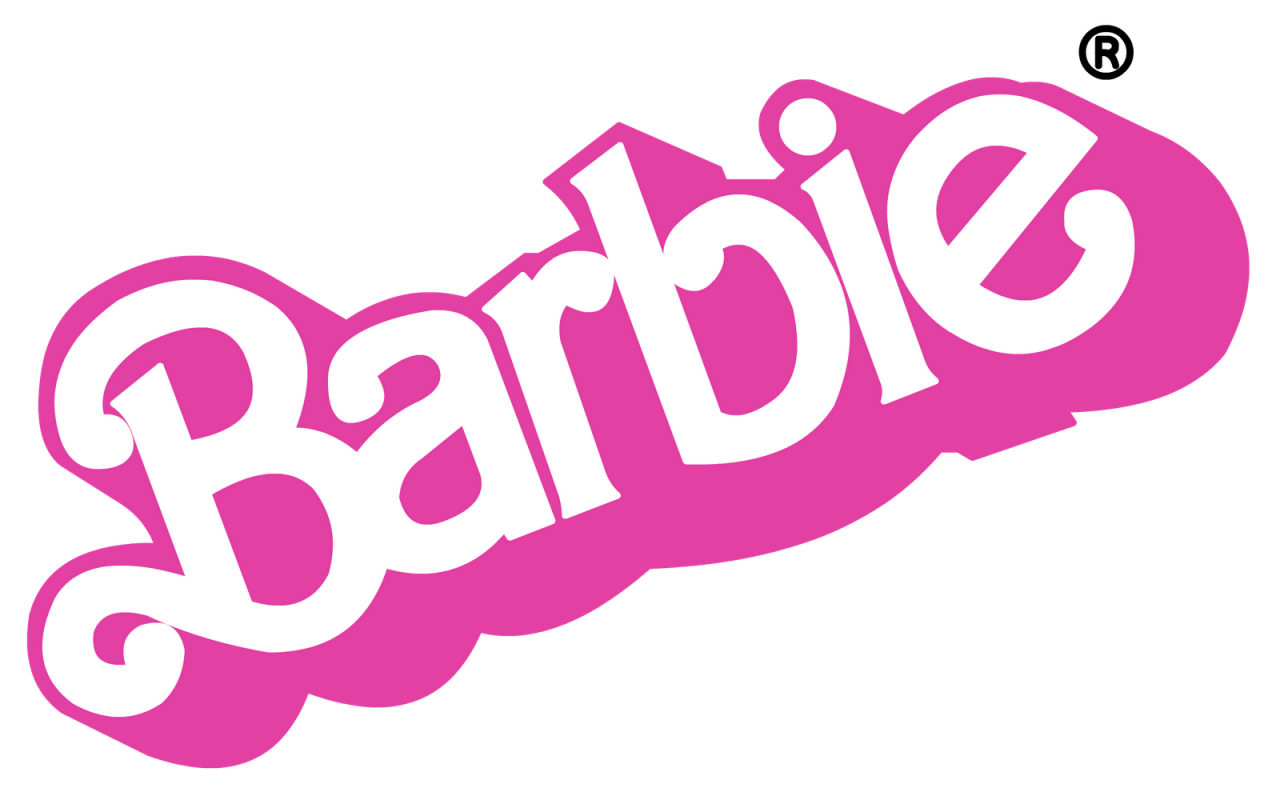Are you ready to swap your cornhole bags for dice? That’s what the PipFall game is all about. Interested? Read the PipFall Dice Game Review. You now throw dice, instead of bags, at your current cornhole boards. Dice on the board = the amount of points that are heads up. Let’s see how the PipFall Dice Game does in our Tailgating Challenge.
How to Play PipFall
Rules Overview:
PIPFALL is played either as singles or 2-player teams (team play).
The same playing area and rules are used for singles and team play.
Equipment:
Official PIPFALL Bags
PIPFALL App – The best resource for score keeping!
Standard Cornhole boards
Setup:
Boards are placed 27 feet apart from front edge to front edge.
Foul line is considered the front edge of the board pitching from.
Game Play:
Determining who pitches first: Any fair method can be used such as a coin toss, one dice toss each for the highest value, etc. The winner has the option to choose pitching side, or to pitch first.
Scoring: Quick Play Game
1. Each dice is awarded the numerical value of that dice based on the number of PIPs showing.
2. Dice must come to rest completely on the board (no part touching the ground) to earn points.
3. A leaner is a dice that is not flat against the surface of the board. For example, the dice is positioned where players cannot determine which PIP value to assign, or the dice leans against another dice on the board.
a. A leaner can only be counted as a leaner if all dice have been thrown for the frame.
b. A leaner is given a value of three (3) points.
4. Any dice that is thrown or pushed into the hole on the board is a “Dice in Hole” and will receive minus three points (-3 points) for that dice.
5. Negative points accrued during any round apply only to that round and do not carry forward. Negative points at the end of any completed round will be given the score of zero (0), with the lowest score for a player during any round being zero (0).
6. Games are played to 21 and must be won by at least two (2) points. In Quickplay, points are earned with NET scores.
Scoring: Race to 100 Game
1. Each dice is awarded the numerical value of that dice based on the number of PIPs showing.
2. Dice must come to rest completely on the board (no part touching the ground) to earn points.
3. A leaner is a dice that is not flat against the surface of the board. For example, the dice is positioned where players cannot determine which PIP value to assign, or the dice leans against another dice on the board.
a. A leaner can only be counted as a leaner if all dice have been thrown for the frame.
b. A leaner is given a value of three (3) points.
4. Any dice that is thrown or pushed into the hole on the board is a “Dice in Hole” and will receive minus three points (-3 points) for that dice.
5. Negative points accrued during any round apply only to that round and do not carry forward. Negative points at the end of any completed round will be given the score of zero (0), with the lowest score for a player during any round being zero (0).
6. Games are played to 21 and must be won by at least two (2) points. In Quickplay, points are earned with NET scores.
Scoring: Tournament Play
1. Any player with the following exact score at the end of a round will have a score adjustment:
25 – bonus points: 20 points added to score!
50 – take a step back: 30 points deduction from score
88 – switch up: score is swapped with the other player going into the next frame
2. A player ending a frame with all three dice landing on 1’s will lose ½ of their overall score heading into the next frame.
3. A player that rolls a small straight (1-3) with the dice will receive a bonus of 5 points for that round
4. A player that rolls a large straight (4-6) with the dice will receive a bonus of 10 points for that round
5. A player that rolls the same PIP value for each of their three (3) dice will receive double points for that round with the following exceptions:
a. If roll all 1’s, apply rule number 2. above
b. If any dice is considered a leaner, then no double points are awarded for that round
6. Any dice that is thrown or pushed into the hole on the board is a “Dice in Hole” and will receive minus three points (-3 points) for that dice.
7. Negative points accrued during any round apply only to that round and do not carry forward. Negative points at the end of any completed round will be given the score of zero (0), with the lowest score for a player during any round being zero (0).
PipFall Testing
Wow, that is a lot of ways to play and score this PipFall game. When our dice, also known as pips, came in we got out a set of our ALL CORNHOLE boards from the garage to see how tossing dice at a board would feel. First thought it was felt, way different! The way the square style pips play is much different than the bags you’ve been tossing for years. Included are 3 red pips and 3 blue pips, along with a carrying sack for the pips.
Initially, we found many of our shots flying off the board and learned that you could adapt your throw with and underhanded backspin shot that helped the pips stay on the board better.
As we started learning to play the game we kept it very simple with only dice on the board counting towards the total points. It is also different that if your pip goes into the cornhole board hole you lose -3 points vs gaining them! Our teams agreed that if you get it in the hole we would count the face up value of the pip through the hole. These are not the official rules, but I ALWAYS encourage YOU to have fun with every game and if that means tweaking the standard rules to have more fun, GO FOR IT!
As we played a few games we started to get the hang of it and began to enjoy the game more and more. The biggest challenge that people will have is keeping track of the score. This game plays to 100 and the tournament rules have additional call outs for points. When you’re having a few drinks sometimes it is hard enough to keep track of a standard scoring game, much less one that plays to 100 with some unique ways to gather and lose points.

Conclusion
PROS: you can use your current cornhole boards, new challenge for those who love playing cornhole
CONS: keeping track of scoring will be a challenge. There are no yard games scoreboards currently designed to help with this.
Overall, if you’re looking for a new challenge and love cornhole, tossing some dice could be just what the doctor ordered. Since you can use your current cornhole boards you can pick up a new game for less money spent than an entire new yard game.
Learn more and get your own by visiting PIPFALL
Find hundreds of cool products that we sourced in our AMAZON STORE. Thanks for your support.
Thanks for reading our blog on the PipFall game review. Let us know what questions you have and then take a look at our video review of the PipFall game.
Love learning about all the cool, new products that we get to test out? Take a moment and check out our latest PRODUCT REVIEWS.
We NEVER get paid for our reviews! This way we can always keep it real with you. Not all reviews are created equal. We were sent one game to test out with the understanding we’d give our honest thoughts.
Written By: Luke Lorick 5/1/21





